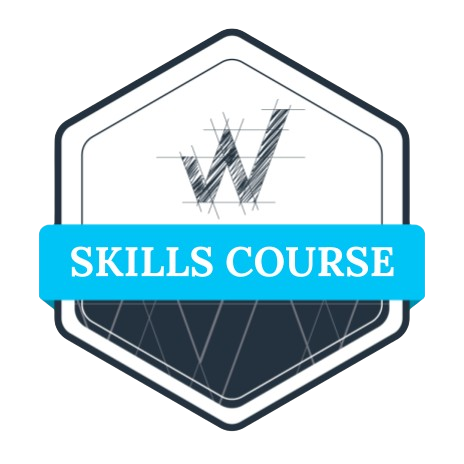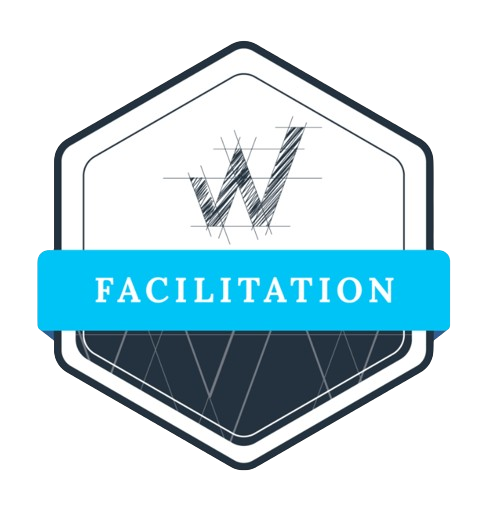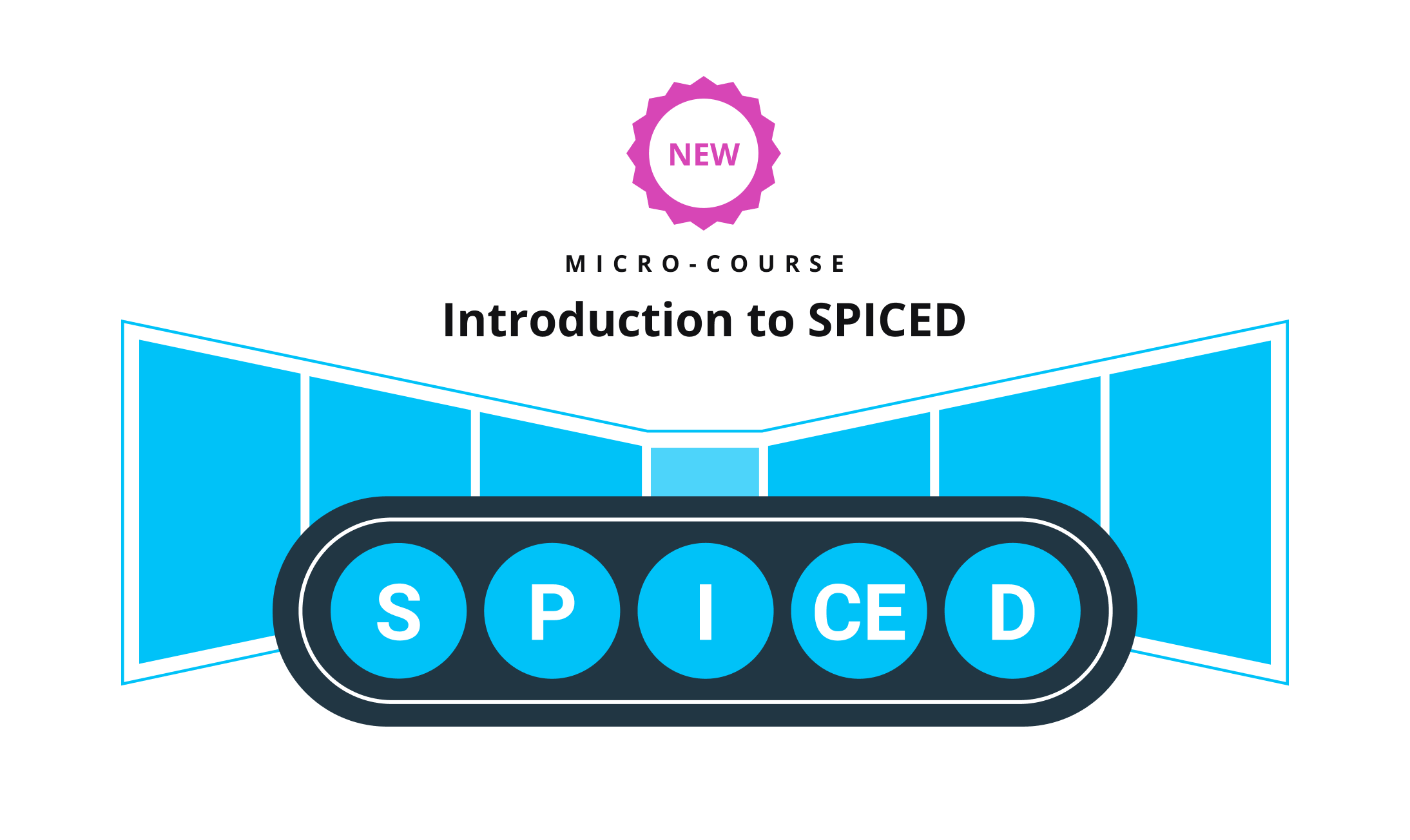“Build a great sales team” isn’t as simple as putting a bunch of A players together in a room and hoping that you start winning new business and helping your customers to be successful. That rarely succeeds in today’s environment.
So what has changed when building a sales organization?
Over the past decades, B2B sales people were referred to as individual contributors. They were hired, trained and compensated to perform as an individual to hit a quota. This comes from a time when enterprise sales people left the office on a Monday to return to base on Friday with signed purchase orders, submit expenses, update the funnel etc. They were closing large deals at a low volume.
These individual contributors were given a quota, e.g. $2m, allocated a territory or region, typically based on zip codes which were distributed amongst the reps so that they would each have an equal opportunity of achieving their quotas. These deals would need to be cultivated and nurtured and would traditionally close in 12-24 months.
If a sales leader needed to increase the quota achieved they increased the number of individual contributors, as outlined below;
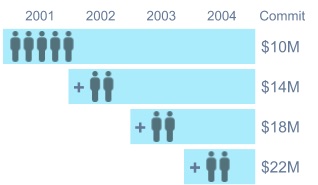
This simplistic view has worked for a long time and many sales leaders are accustomed to planning their achievement based on the head count required to hit quota. But today’s high velocity selling environment requires a new approach.
A new way of building a sales team.
Just like when the strategies change in football, pick your code of choice, you need to change how you select the team and align your resources to achieve your desired outcome. It is old adage of horses for courses.
In today’s modern high velocity sales environment, with lower ACV (average contract value), we need to win a higher volume of deals to make our number. This is compounded as our clients are willing and able to make a purchase decision in a shorter time frame, deals that would take 12-24 months are closing in 60-90 days. This means we need a new approach.
Borrowing from the kaizen, agile manufacturing approach made famous by Toyota in teh 60’s, you need to create a specialised roles and align them in the process to build a sales team.
Just like in your football team, you need to align the skills in the right positions that are going to deliver the ultimate result. In today’s subscription economy that means we need to think beyond traditional ‘close’ and think about how we can enable our sales team throughout the sales cycle and build recurring revenue.
To do that we need specialise those individuals so they can master their contribution high velocity selling machine.
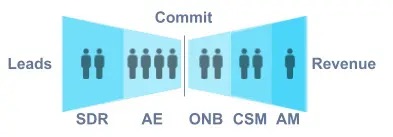
Creating specialized roles to develop your sales team
Within a SaaS business, you need to isolate the different areas of the business and align your team and their skills to focus on that element of the process.
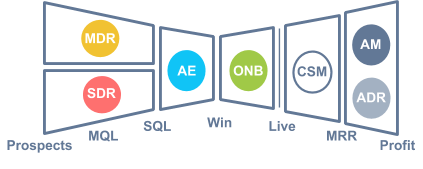
MDR: Market Development Rep – Follows up on inbound leads, setup a meeting w/ AE.
SDR: Sales Development Rep – Starts a conversation with a client through outbound actions such as emails/calls.
AE: Account Executive – Develops SQLs through a series of meetings.
ONB: Onboarder – Onboards/Integrates a client and achieves first use.
CSM: Customer Success Manager – Achieves recurring use of the service.
AM: Account Manager – Creates increased profit developing upsell oppts.ADR: Account Development Rep – Identifies opportunities within existing accounts
These roles increase the velocity of the customers buying process by having the specialised skills to support the customer at point while not being distracted by the trying to master all of the other elements of the sales process.
You may be thinking this looks like a bunch of other individual contributors. How do I bring them together to build a sales team and how do I scale this model?
Creating a sales POD
In the traditional individual contributor model scaling your team to achieve your increasing quota was simple….just add more quota carrying head count.
Just imagine you are the manager of your favourite football team planning for a victory in the championship. You need more game winners, you need more individual contributors. So do you go out and secure more strikers or quarterbacks who are going to win the game? Who is going to pass them the ball or protect the goals? Who is going to protect their pass or catch the ball? Building great teams means more than building a team of champions, you need to build a champion team with the specialised skills to achieve the ultimate goal.
In a high velocity SaaS environment with increased volume and shorter sales cycles there is increased pressure to supply the reps with enough leads for them to close, but then also enough resource capacity to onboard and enable the customer to succeed once the business has been won. To do this you need to create a sales POD.
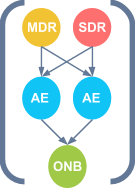
By grouping specialized team members, a self-contained unit is created, also known as a POD. The self-contained unit can operate in a specialized area; such as a market, a region, or a segment. It can do so for the entire time, or rotate through a series of segments (we call these sprints), or address a specific event such as a tradeshow.
How a POD works To the left, a 2×2 POD is depicted in which a MDR/SDR is partnered with 2 AEs. The MDR/SDR combo sets up 40-60 meetings for the AEs each month. From these meetings, the AEs close 6-8 deals per month with an ACV of $18,000.
This is POD is a scalable unit of growth that supports your growth, while ensuring that you are not breaking the kaizen manufacturing approach to helping your customer through their buying cycle.
What type of POD is right for my team
When you are selecting your football team you are going to be looking to pick the right individuals and plays that are going to give the best chance of success on the day. You are going to take into account the opposition, the weather, your strengths and weaknesses. This is exactly what you need to do when you’re identifying your POD structure.
Here are four different examples of how you can structure your POD as you build your sales team;

STANDARD
Used for a regional approach, or large vertical market. This could be applied via one POD for the West coast and one for the East, or potentially while entering a new geography. They are often supported by a dedicated marketing support

INBOUND
As the name suggests, this POD formation is deployed when there are lots of inbound leads are generated often with a low ACV.

OUTBOUND
This POD style approach was made famous in Aaron Ross’ book, Predictable Revenue, it involves an outbound approach to accounts with a high potential ACV. An ACV of greater than $15k is typically required to achieve a reasonable cost of customer acquisition

TARGET
Used to go after a few hand picked large accounts with a dedicated SDR identifying people in a targeted account. This often deployed in an Account Based Prospecting/Marketing model, accompanied with close marketing support
How do I know if my POD is running efficiently
In years gone past SaaS sales teams were able to survive purely one securing new logos. In today’s changing environment with buyers now educating themselves on solutions to their problems and becoming wary of established sales tactics, it is less easy to do so.
Couple this with a shift in the venture capital market to be focused on unit economics, there is a need to create scalable units of growth. What makes a POD efficient?
With every company being unique, with their own customer’s and ACV, they will need to create their own POD structure and with that the unit economics will change. While applying this model to other companies, the key is to maintain the a sales efficiency ratio of less than 40%
To uncover the sales efficiency ratio you will need to divide the annual on target earning of the POD by the revenue the POD will create in the year. Here is an example below based on a standard POD.

Scaling your revenue growth with PODs
Scaling of the revenue now is not limited to the individual contributor but occurs by scaling the PODs.
In the example below, you will notice how at first our teams operate unstructured. A group of SDRs creates SQLs and they are randomly assigned to a group of AEs. To grow, the company needs to structure its resources into two initiatives; SMB and MidMarket, each requiring a different approach. As the business grows, new markets are discovered, and new PODs are launched to call on these markets.
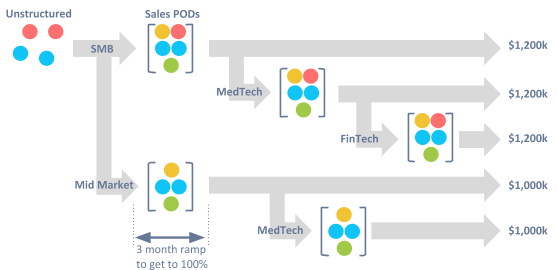
If you are looking to scale your revenue adding additional AE’s to your POD will create an imbalance that reduces the effectiveness and efficiency of the sales team. Implementing this approach improves the predictability of your growth and helps you to resource the teams correctly and is key to building a sales team.
An agile approach
Identifying where you should focus your sales efforts has traditionally been a significant decision that requires considerable investment and takes a long time to validate whether or not it has been a success.
Creating a sales team based on a POD structure gives you an agile approach to conduct targeted marketing activity, launch a new product, entering a new market or sub segment of a new market.
Once you understand the unit economics of the POD you can turn their attention towards these areas of focus and measure their effectiveness in short sprints. For an early stage company or more established company taking a new direction, this approach provides greater control and visibility while pursuing your strategic direction.
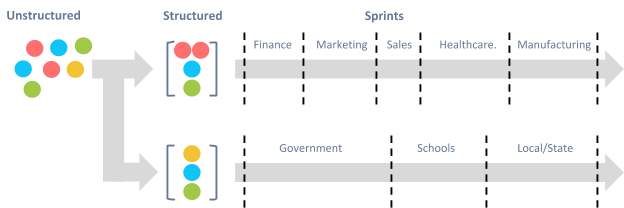
As outlined in the picture above you can turn the focus of the POD towards the a new vertical or marketing activity, i.e. events, with an agile Angry Birds, “ready fire aim,” sprint that enables you to validate your strategy within the existing POD metrics.
Different business models, different PODs
You can apply PODs for different business models. The most common application is to land Platform sales, in which the team closes a deal for a CRM/ERP system, or other large platform. When the deal closes there is not a lot of upsell. Think of a workflow platform; in the initial sales it may be sold for eight users in business unit X. A year later, there are 10 users in business unit X and maybe another two seats in a new business unit.
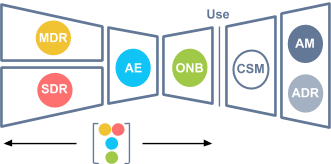
However in consumption sales, the POD can be deployed post close. The figure on the right depicts use of a POD in a free sign-up model. In this model, CSMs identify those who have high consumption potential, the ADR develops the leads and the AM upsells. In this model, you may see 2000% growth in an account.

Building your sales team with POD recruiting
There are many benefits to applying a POD structure, including a flatter management structure, reduced cost of sales management and further opportunities for professional development.
For example, a new POD can be launched by promoting the top performer of an existing POD (AE of POD 1) to become the new POD leader of POD2. The team leader of POD 1 can backfill the position within the POD and hire a new MDR.
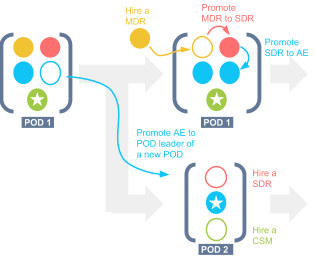
This approach reduces the cost of sales management with POD leaders taking the leadership position and responsibility for the groups performance. This means that the traditional managers, free from managing day to day forecasting, deal reviews and pipeline management, can now focus on functional skill mastery across a larger teams.
Adopting PODs isn’t without its challenges. You need to ensure that you have trained your teams with the specialist skills required to perform their roles and also trained the POD leaders to lead teams and focus on the key metrics that will drive the POD’s success.
Selecting team members needs to be a well structured process taking into account each individual’s strengths and weaknesses and giving each individual the best chance to succeed in the new environment.
Building your sales team with a POD structure is not without its challenges and you can’t expect it to magically change results overnight. You need to provide the support and training for your team to become the self-managing unit you are looking to create, but the benefits are worth the investment.
Nothing worth creating is ever easy, and if you are to tackle the transition to a POD structure you and your organisation will be able to reap the benefits of a self-managed, self-learning organization that drives efficient revenue growth.
